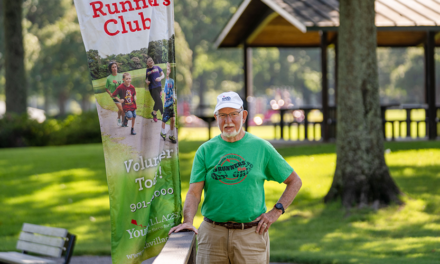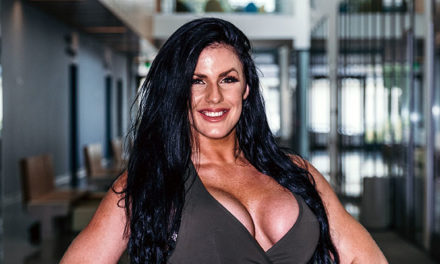Over 3 million bunion cases are diagnosed every year in the United States, and women are much more likely than men to develop this condition, especially with age. And while many will have mild symptoms or none at all, it impacted every part of life for 54-year-old Shannon Mullins.
Always an active runner, Shannon was on her feet a lot particularly during her time in the army. At age 30 when she was the leader of recruitment program at Appalachian State University, she was running a 7-minute mile to be able to keep up with 18-year-old recruits.
After retiring from the army, she also took a break from running and focused on her career. She’s now the Director of Talent Acquisition for a paper products manufacturer. However, in 2009, she turned back to her sport. “I realized how much I missed it,” she says. “It’s my own little zen headspace.”
Unfortunately, Shannon couldn’t shake one issue—foot pain that had bothered her for more than six years. “You never know how critical your big toe is until you have a problem with it,” Shannon explains.
A bunion is a bone deformity in the foot caused by weak connective tissue, according to the National Institute of Biotechnology Information. It allows the big toe to shift out of alignment causing a bulge toward the medial side of the food. It can cause a varying amount of pain from person to person.
In Shannon’s case, the pain was severe. She tried toughing it out, but a brutal 10-mile race in 2018 convinced her that she needed to get professional help.
While pain from bunions can sometimes be managed through medication or specialty shoes, severe cases can only be resolved with surgery. Traditionally, this surgery involves shaving down the protruding bone, but because it doesn’t stabilize the joint, there is a risk that the bunion will reoccur. Shannon knew this option wouldn’t work with her active lifestyle and that she needed a more advanced solution.
In 2019, she met with Dr. Daniel Tucker of Vascular and Vein Institute of the South, one of the few local surgeons that performs a new bunion surgery that addresses the joint that causes the bunion rather than just cutting back the bone. This advanced technique involves rotating the bones back into place and securing them with titanium plates to ensure the bunion is far less likely to come back.
When speaking to Dr. Tucker, he explains that the technique and instrumentation make it very predictable and allow for proper surgeon facility, which means he has more control over the success of the surgery than the old method. “Without proper instrumentation, it can be difficult to do that operation,” he says.
Dr. Tucker performed Shannon’s surgery in January 2020, which was a major success. Despite having two plates, nine screws, and one staple in her left foot, Shannon was cleared to return to physical activity only two months after. Shannon completed her first run in June 2020 on National Running Day and she also went on to participate in the St. Jude Memphis Marathon Weekend 10K. Shannon no longer suffers from any foot pain and is confident her bunion will not return.
If you have a bunion or are starting to see one develop, tight shoes can contribute to making them worse—especially pointy, high-heel shoes. Shannon recommends buying properly fitted running shoes two at a time every six months, and rotating between each pair when you run. There are also exercises you can do to help strengthen and stretch the foot muscles. Speak to your physician about what options are available to you.
By Lucy Harrison
Photo by Tindall Stephens







